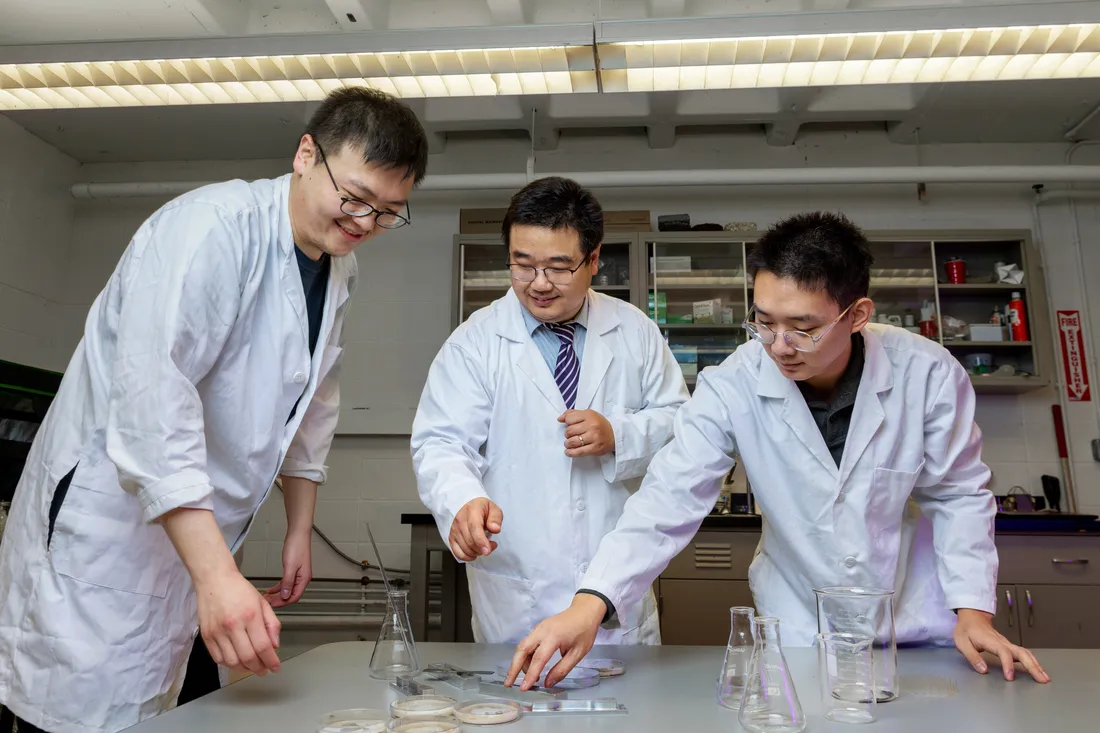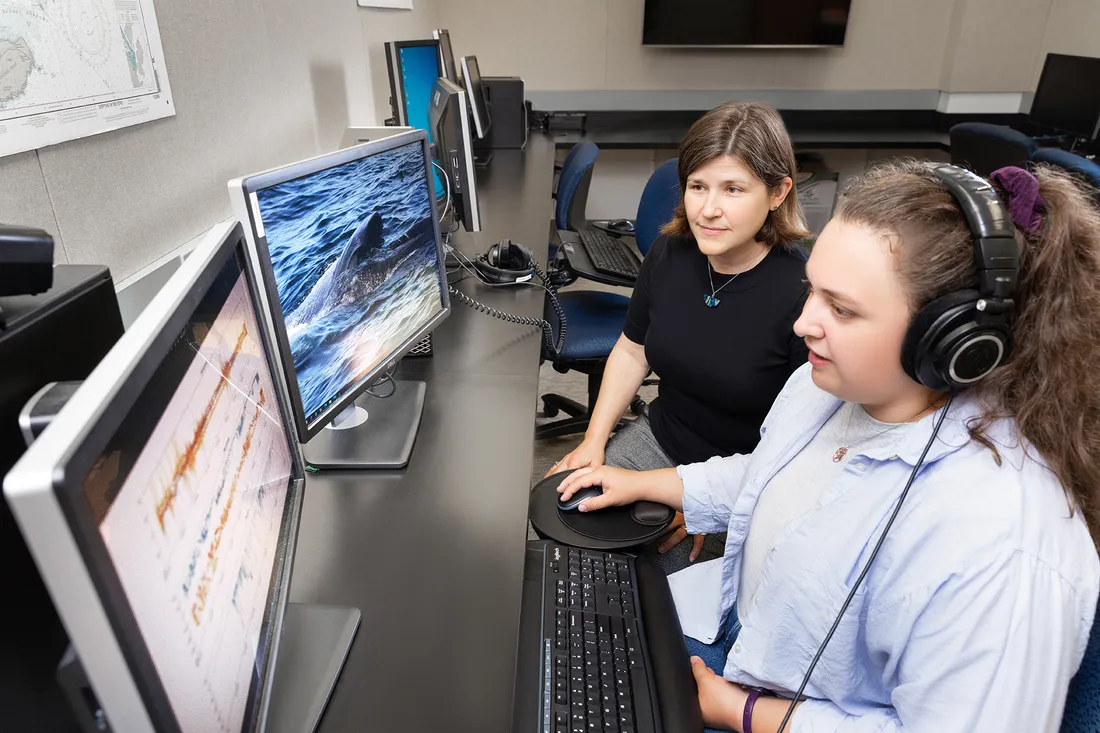Tripti Bhattacharya: Gaining Insights on the Future by Modeling the Past
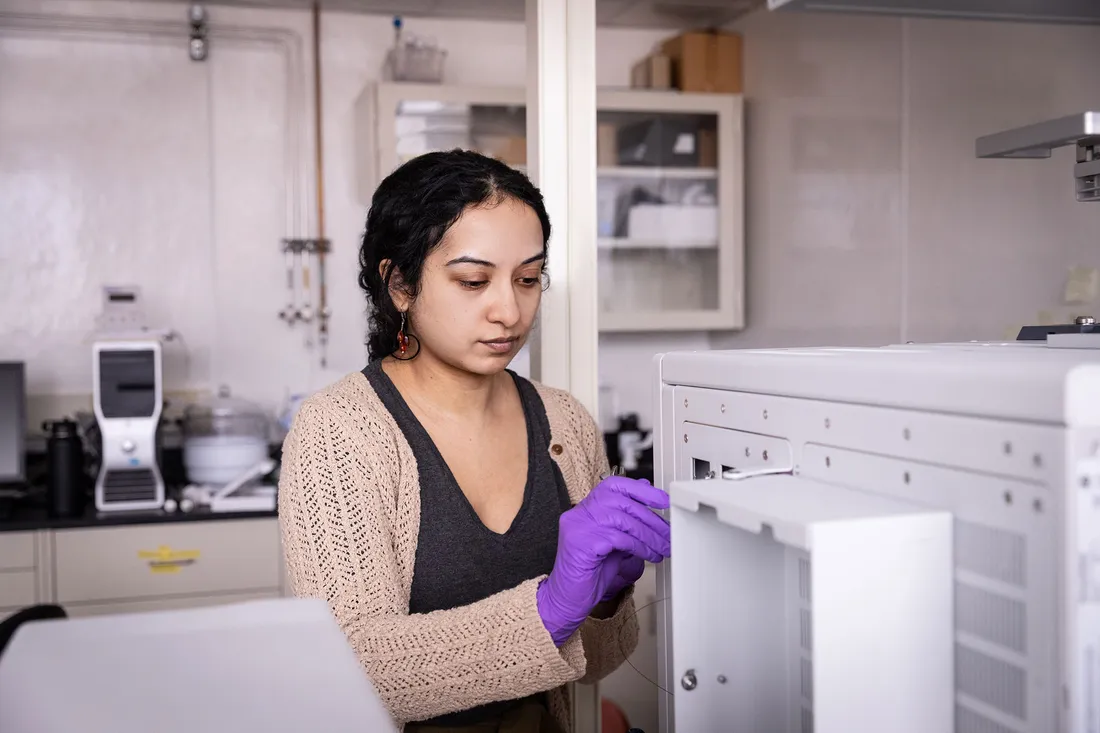
Tripti Bhattacharya, the Thonis Family Professor of Earth and Environmental Sciences, uses a gas chromatograph coupled to an isotope-ratio mass spectrometer to analyze ancient organic materials, giving her insights on past climates and changes in environmental conditions.
Tripti Bhattacharya, the Thonis Family Professor of Earth and Environmental Sciences in the College of Arts and Sciences, is a climate scientist at the forefront of interdisciplinary research that combines explorations of past climates with atmospheric science. She employs geochemistry, climate modeling and data analysis, incorporating information from the isotopic signature of ancient molecules to reconstruct major climate events from thousands of years ago. By doing this, Bhattacharya relates her findings to the present and what the future may hold.
Her research has been featured in top scientific journals and was cited in three chapters of the 2021 UN Intergovernmental Panel on Climate Change Report. She was selected by the National Academies of Sciences, Engineering and Medicine to serve on a panel and make recommendations that will help shape National Science Foundation funding for paleoclimate research. This year, she received a Sloan Research Fellowship, which recognizes her as a promising, early-career scientist and supports her research with a two-year, $75,000 award.
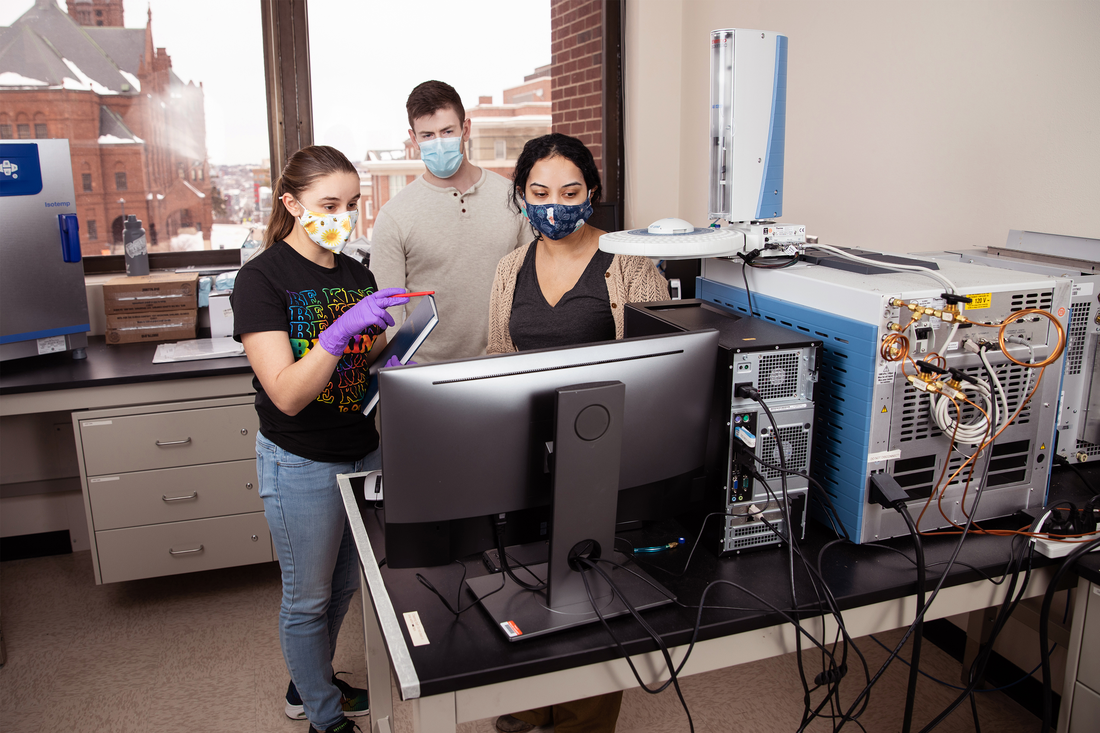
Bhattacharya, graduate student Heather Gunn (left) and doctoral candidate Peter Brennan (center) discuss climate modeling. For a recent research project, Bhattacharya and her team reproduced rainfall and temperature patterns from the Pliocene epoch, which helped them create more accurate model simulations for exploring climate change over time.
One theme that dominates Bhattacharya’s research is a desire to understand the dynamics of rainfall on a variety of timescales and the impact regionally.
She studied the Pliocene Epoch (5.3 to 2.5 million years ago), when atmospheric carbon dioxide levels were like today’s readings. The major difference, she says, is Pliocene levels stretched over thousands of years compared to the mere decades of accelerated change driving today’s unprecedented global warming.
“What we’re learning is the rate at which the planet warms really matters,” she says. “If we’re warming slowly in a steady way, the impacts are not as bad as what’s happening today, which is warming incredibly rapidly. How much we warm and how fast makes a difference for the world we see.”
The Paleoclimate Dynamics Lab, which Bhattacharya developed, has succeeded in reconstructing Pliocene temperature and rainfall patterns by more accurately incorporating information on cloud cover and vegetation in climate models.
Her lab is generating evidence that coastal regions heated up dramatically in the past due to the loss of low cloud cover (which would keep those regions cool), ultimately impacting currents, fisheries and rainfall.
For Bhattacharya, the possibilities of exploration and learning more about the world seem endless—and she wants to instill that sense of wonder and curiosity in her students, too.
What we’re learning is the rate at which the planet warms really matters. If we’re warming slowly in a steady way, the impacts are not as bad as what’s happening today, which is warming incredibly rapidly. How much we warm and how fast makes a difference for the world we see.
Professor Tripti Bhattacharya
Sam Van Aken: Living Art That Connects to a Sustainable Future
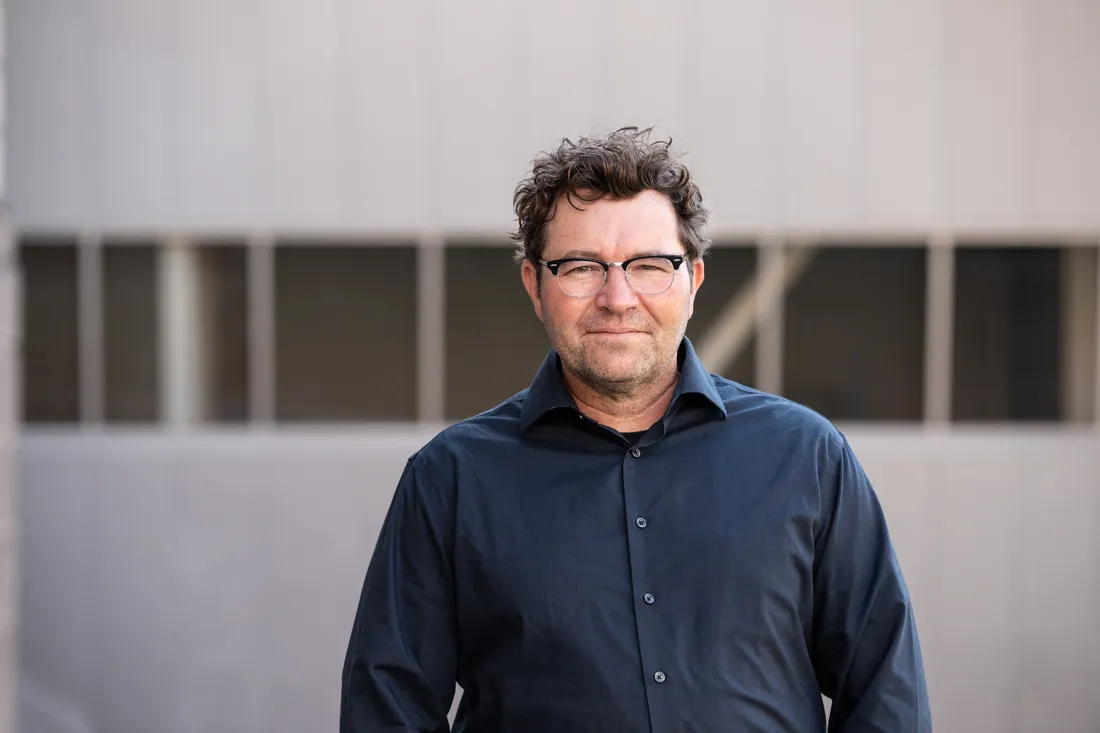
“I’m interested in helping students define their art practice and build a foundation that leads to experimentation,” says Van Aken, who encourages an expansive definition of art and art making.
The Open Orchard—an artwork by College of Visual and Performing Arts professor Sam Van Aken—is a living sculpture on Governors Island in New York Harbor that produces 200 varieties of heirloom stone fruits that used to be commonplace in the gardens and backyards of New York state.
The scientific solutions to address climate change are already out there—we know what we need to do. Where art becomes a vehicle for change is by giving people an experience that allows them to access their own thoughts and opinions.
Professor Sam Van Aken
The orchard was created through the ancient agricultural practice of grafting, by which pieces from different trees are attached to one another and become incorporated into a single living plant. Over the past century, climate change and our dependence on industrial agriculture has led to the overwhelming dominance of a few varieties bred for durability and appearance, bringing about the near extinction of thousands of others.
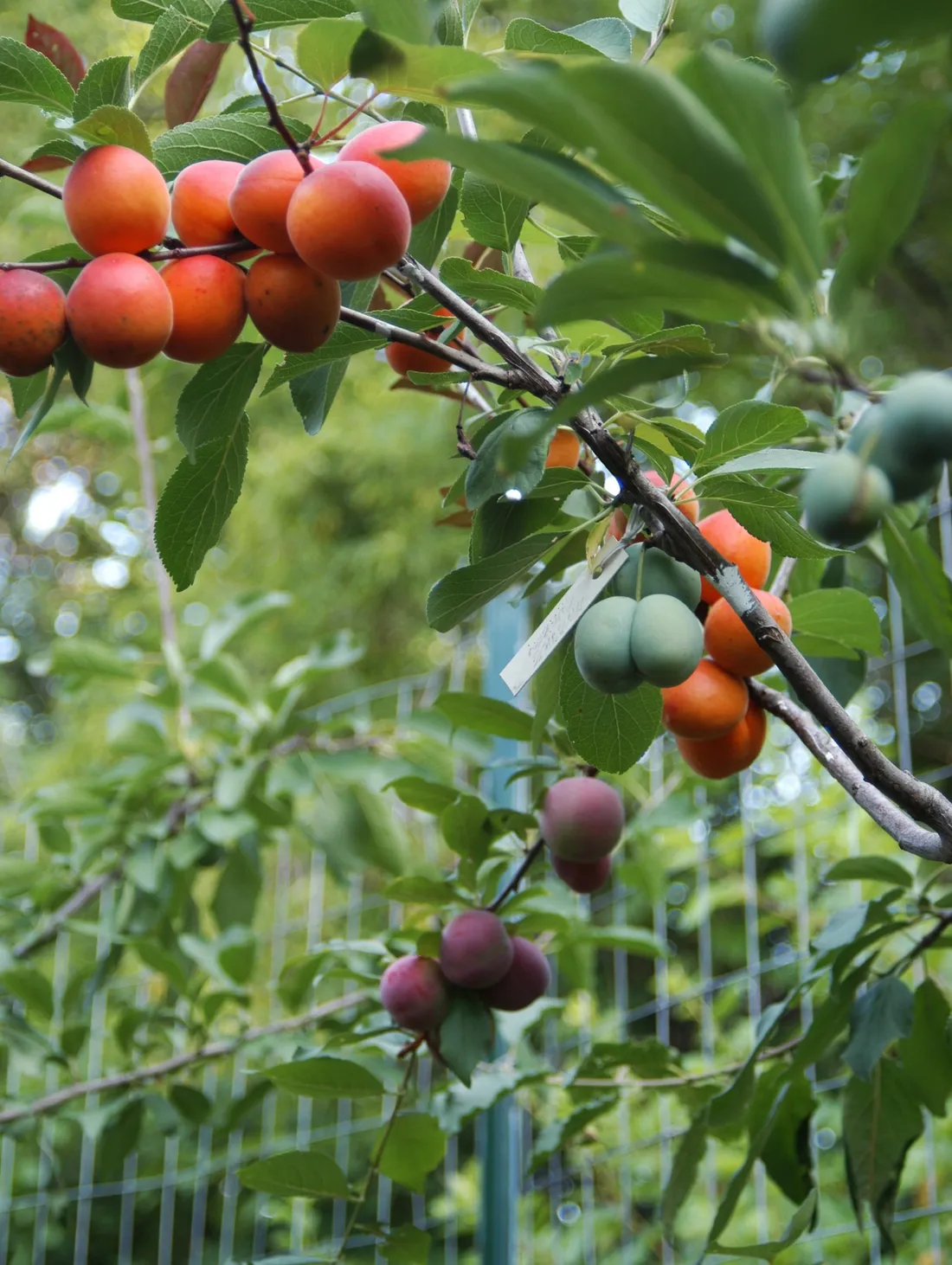
Van Aken’s multi-grafted fruit trees preserve heirloom stone fruit varieties endemic to the area where the trees grow.
Van Aken has planted over 40 multi-grafted trees around the country. Each one bears varieties of stone fruit endemic to the area where it grows—an act of preservation that has brought him into a range of conversations around sustainability and climate change.
Finding 40 varieties of fruit was an unanticipated challenge of the project, ultimately one highlighting a dangerous result of industrial food production: a cultural disconnect from the environment, a separation from where our food comes from.
The multi-grafted fruit trees and related projects invite people to imagine a different relationship with the environment. Some of the varieties Van Aken has propagated can be traced back thousands of years—branches passed from plant to plant, across continents and centuries—thanks to the symbiotic relationships at the heart of agriculture.
“The scientific solutions to address climate change are already out there—we know what we need to do,” he says. “Where art becomes a vehicle for change is by giving people an experience that allows them to access their own thoughts and opinions.”
Ethan Coffel: Developing Strategies To Improve Crop Resilience
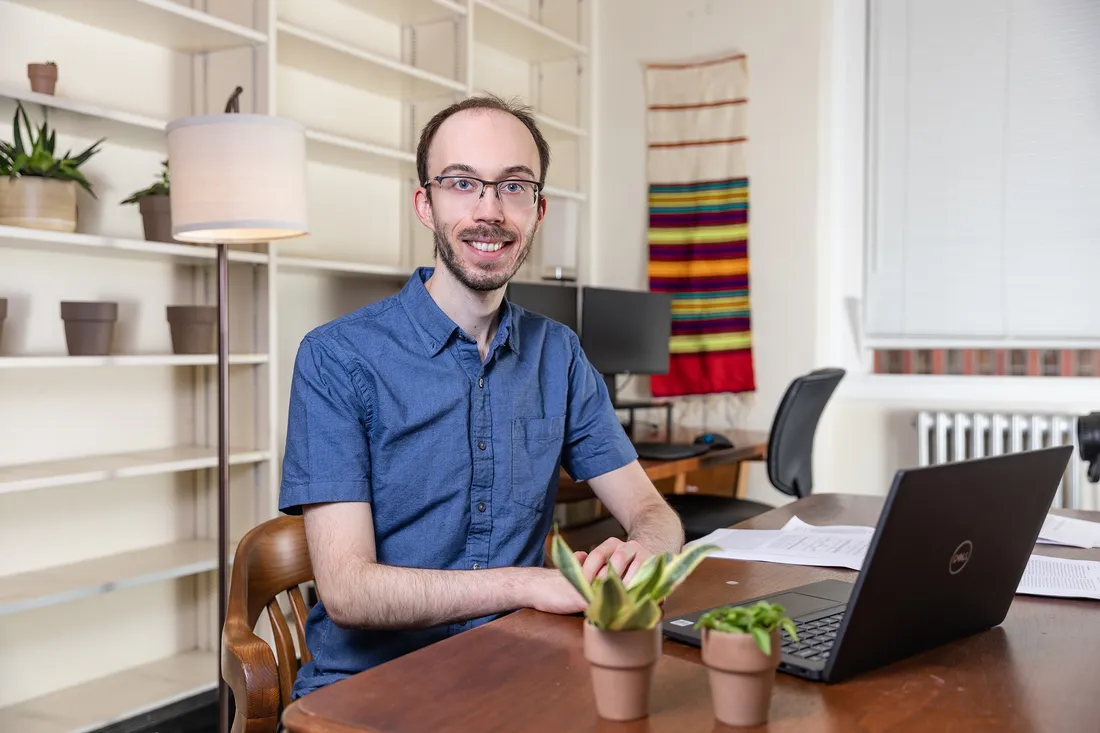
Professor Ethan Coffel uses spatial analysis, climate science and statistical crop yield modeling to understand the relationship between crops and the climate.
Ethan Coffel, assistant professor of geography and the environment in both the Maxwell School of Citizenship and Public Affairs and the College of Arts and Sciences, is the principal investigator on a three-year National Science Foundation grant project exploring the link between climate and agricultural change—a process known as the crop-climate feedback cycle.
He says that while staple food crops may see sharp declines in yields from global warming, agricultural adaptations, like moving crops to cooler latitudes, may reduce some of the damage.
Coffel studies how crop growth affects local climate, which in turn impacts crop production. Research shows that crop growth cools the local climate in some of the world’s most agriculturally productive regions, he explains.
By observing different crop-climate feedback cycles, Coffel can assess the future risk of climate-driven food insecurity as well as the potential for economic losses in agricultural regions.
“I want to develop adaptation strategies to increase the climate resilience of food production,” Coffel says.
His research with Dartmouth geography professor Justin Mankin (co-principal investigator) hinges on large-scale evaporation: the water vapor transpired by plants cools the air around them, so if crops are productive enough, their transpiration can reduce the number of extremely hot days. In fact, Mankin explains, the vast acreage of corn and soybeans in the central United States cools the climate enough to create favorable weather conditions—and contribute to bountiful harvests.
There is a point at which global warming increases enough so that crops can no longer shed heat to keep apace, Mankin explains, and when this happens, a reduction in crop yields and an increase in extreme heat may be expected.
I want to develop adaptation strategies to increase the climate resilience of food production.
Professor Ethan Coffel
Both researchers analyze food security and crop productivity inequities worldwide, especially where crops do not produce as much as they theoretically could. “Spatial analysis, climate science and statistical crop yield modeling help us understand the complex relationship between crops and the climate,” Coffel says.
To stem the tide of global warming, Coffel encourages people to make small, easy lifestyle changes—from shifting toward plant-based diets to swapping cars for bikes to taking fewer flights.

